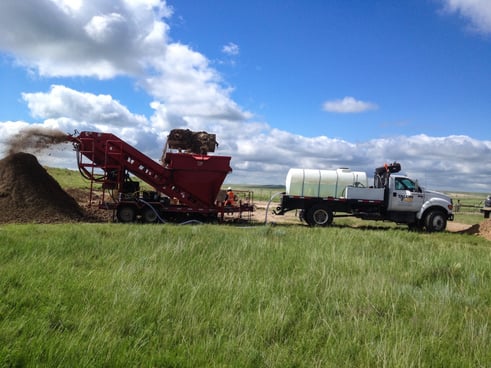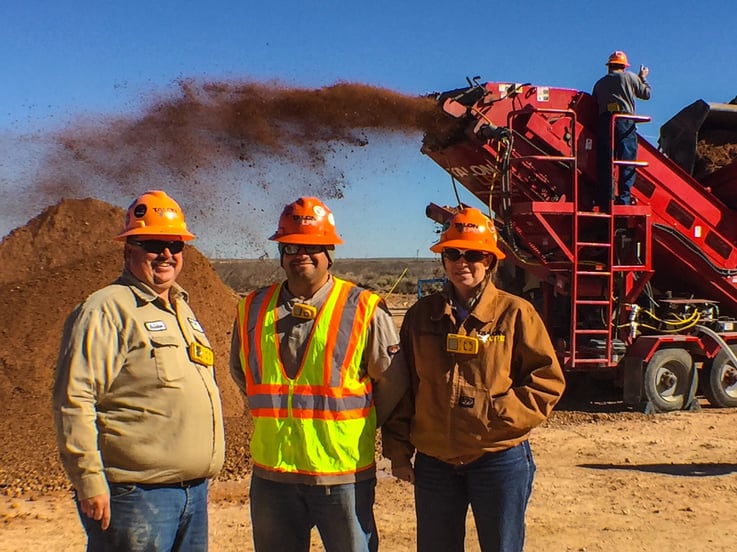It’s no secret that letting contaminated soil sit for an extended period of time has long lasting effects that can be detrimental to the land. With that said, there are typically two methods of ex-situ remediation put to use: the dig and haul method and land farming.
 Though digging and hauling contaminated soil is efficient and instantly effective, it tends to be very expensive and can add up quickly. On the other hand, land farming is another alternative that may be a little less expensive. However, this alternative can take weeks, if not months, to perform and requires an ample amount of space to operate. Furthermore, this practice often needs a special permit.
Though digging and hauling contaminated soil is efficient and instantly effective, it tends to be very expensive and can add up quickly. On the other hand, land farming is another alternative that may be a little less expensive. However, this alternative can take weeks, if not months, to perform and requires an ample amount of space to operate. Furthermore, this practice often needs a special permit.
Luckily, these two alternatives are not the only solutions to a very frustrating problem. Talon/LPE has been utilizing soil shredding technology to remediate contaminated soil, as this option typically offers cost savings with a more efficient outcome.
What Is Soil Shredding?
Soil shredding is the process of mechanically breaking down the contaminated soils to a much smaller particle size. The mechanical aeration allows for better volatilization by reducing the particle size and thus exposing more surface area to the atmosphere. This provides an immediate reduction in many contaminant levels. Furthermore, Talon/LPE can enhance simple soil shredding by applying a biological or chemical liquid to the reduced soil particles as they are exiting the soil shredding machine. However, this step is optional and the need depends entirely on site-specific conditions and goals.

The treated soil is stockpiled when it leaves the shredding machine, leaving a drastically smaller footprint when compared to land farming. One of the Talon/LPE team members regularly monitors the stockpiled soil with a field-screening tool (PID or FID) and we collect samples to submit to a laboratory for analysis. We use this data to determine when the soil has met remediation goals. Once treated, the soil may be returned to the exaction as opposed to bringing in new soil.
5 Key Benefits Of Soil Shredding
There are a multitude of benefits that soil shredding has to offer, but here are our top five:
- Soil shredding works especially well with volatile contaminants like hydrocarbons.
- This ex-situ remediation method is mobile and may be utilized on-site or at an approved off-site location. However, it is recommended in many cases that the soil shredding occur at the same location as the excavation location in order to help keep costs low.
- Soil shredding eliminates costs associated with loading the trucks, truck transportation and landfill fees.
- Soil shredding removes the risks and liability associated with transportation of contaminated soil on public roadways to reach its final destination, a landfill, where it will remain indefinitely.
- Typically, when contaminated soils are transported off-site, the excavated space must be backfilled with soil brought in from another location. This translates into a higher cost for the client. However, with soil shredding, the process removes the need for bringing in backfill to return the excavation to its prior state.
Contact Talon/LPE to discuss how soil shredding can save money on your next soil remediation project or get additional information on soil shredding by clicking on the infographic at the bottom of this blog.


